When you have a successful and scalable business, the business often experiences growing pains because of the misalignment of the founder/CEO’s role in the business and when the company is in the business growth stages continuum. In this post, I’ll share how I became aware of the 7 business growth stages and attempt to clarify how priorities, founder/CEO’s traits, roles, and company challenges change as a business moves through the 7 business growth stages.
As the founder and CEO of a business, I grew from ten employees to over 250, I’m acutely aware of where my strengths and weaknesses lie. I know that when the size of my business is more than twenty-five employees, my innate skills as an entrepreneur are challenged, and above fifty, it is often time to consider selling the business to the next owner who is better skilled at taking the business to the next level. That said, I begin to hit my stride again with a business that had over one hundred and fifty employees.
Several years ago when I shared my personal revelation with a consultant friend, he observed that as a founder/CEO, I have a very dominant personality and tend to be more of a visionary than a manager. He then shared with me a list of attributes that described the seven stages of growth that a company goes through and the changing role of the founder/CEO as the business scales.
The research for the seven business growth stages was originally performed and published by TTI Success Insights. With the insight from this research and the consultant that passed along this revelation, I confirm that as CEO, I have a dominant personality that suited me well during some of the business growth stages and not as well during others. I also confirm that my role as CEO is one of a visionary and not of a manager or technical specialist. The research from the seven business growth stages, and specifically the role of the founder/CEO, brought into clear focus where I should be spending my time and where I need to lean on others.
Before we look at the specifics of each of the seven business growth stages, it is important to understand the three primary roles of a founder/CEO:
Visionary – can take the most insignificant situation and turn it into an opportunity. The Visionary is the strategist, dreamer, long-range thinker, innovator, and leader who deals with the future and focuses on the theoretical foundations of the work. This person has a high need for control and is an excellent growth initiator.
Manager – creates order and focuses on the pragmatic systems and procedures that make the company run well. The Manager focuses on planning, order, and predictability. The Manager is effective in organizing teams to get results and works to coach staff to success.
Related Post: What is the Difference Between Leadership and Management in Small Business?
Technical Specialist – is action-oriented and detail-focused. The Technical Specialist is the doer, the technician who is driven to complete tasks and excels with operations and nuts and bolts of the enterprise. The Technical Specialist focuses on results not ideas.
Related White Pager: Anatomy of a Business Owner – The 3 personas
The following are some of the key points that the founder/CEO and the company focus on as the business matures and grows.
Stage 1: Startup (1-10 employees)
Priorities
- Profit
- People
- Process
CEO Trait: Dominant
CEO Role:
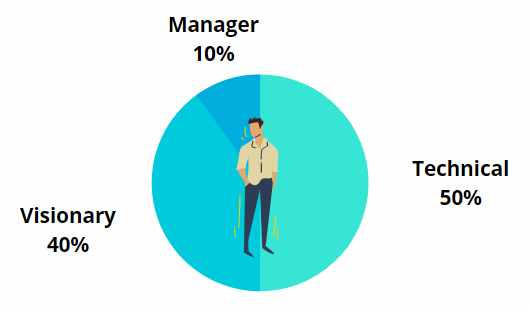
| Primary Company Challenge |
|---|
| Cash Flow |
| Overcoming Chaos |
| Slow Product Development & Getting to Market |
| Limited Capital to Grow |
| Expanding Sales |
Additional Reading: Stage 1: Starting Up a Company? Embrace the Chaos.
Stage 2: Ramp-Up (11-19 employees)
Priorities
- Profit
- Process
- People
CEO Trail: Dominant
CEO Role:
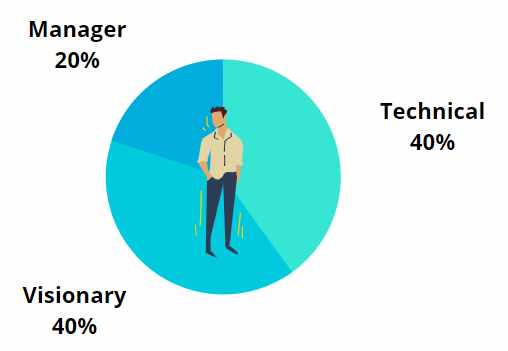
| Primary Company Challenges |
|---|
| 1. Hiring Quality Staff |
| 2. Expanding Sales |
| 3. Cash Flow |
| 4. Leadership/Staff Communications Gap |
| 5. Limited Capital for Growth |
Additional Reading: Stage 2: Ready to Ramp Up?
Stage 3 – Delegation (20-34 employees)
Priorities
- People
- Profit
- Process
CEO Trail: Facilitative
CEO Role:
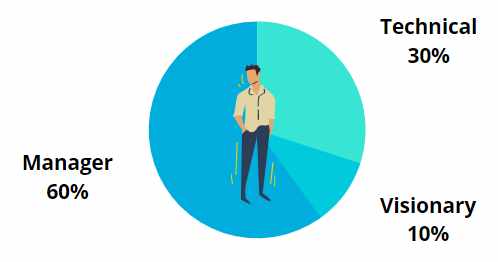
| Primary Company Challenges |
|---|
| 1. Staff Buy-In |
| 2. Leadership/Staff Communications Gap |
| 3. Weak Business/Profit Design |
| 4. Unclear Core Values |
| 5. Culture Resistant to Change |
Additional Reading: Stage 3: The Art of Delegation Takes on New Meaning
Stage 4: Professional (35-54 employees)
Priorities
- Process
- Profit
- People
CEO Trail: Facilitative
CEO Role:
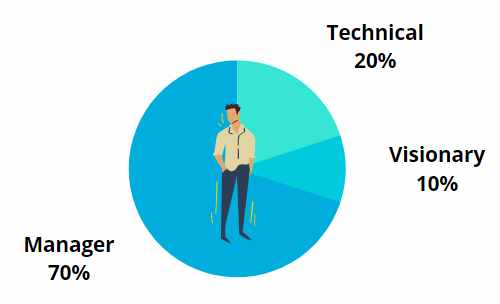
| Primary Company Challenges |
|---|
| 1. Weak Project Management |
| 2. Difficulty Diagnosing Problems |
| 3. Employee Turnover |
| 4. Systems Development |
| 5. Organization Uninformed of Growth Plans |
Additional Reading: Stage 4: Complexity Drives Need for Experienced Managers
Stage 5: Integration (55-99 employees)
Priorities
- Profit
- People
- Process
CEO Trait: Facilitative
CEO Role:
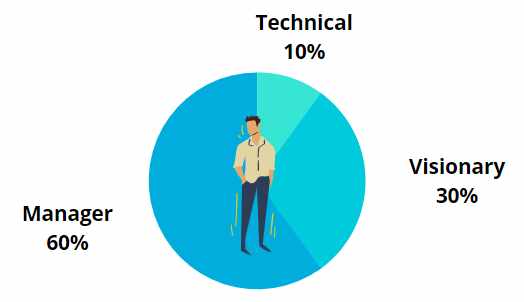
| Primary Company Challenges |
|---|
| 1. Expanding Sales |
| 2. Difficulty Anticipating Problems |
| 3. Cost of Lost Expertise |
| 4. Weak Business/Profit Design |
| 5. Staff Training |
Additional Reading: Stage 5: Synergy Equals Strength As Company Matures
Stage 6: Strategic (100-159 employees)
Priorities
- People
- Profit
- Process
CEO Trait: Dominant
CEO Role:
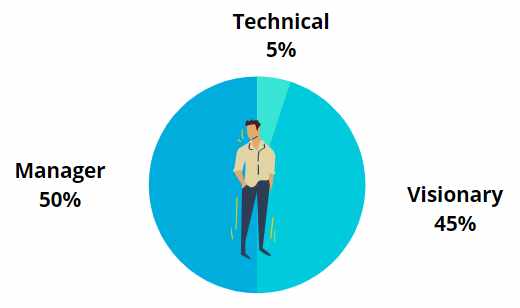
| Primary Company Challenges |
|---|
| 1. Staff Buy-In |
| 2. Staff Satisfaction/Profit Relationship Not Seen |
| 3.New Staff Orientation |
| 4. Weak Business/Profit Design |
| 5. Hiring Quality Staff |
Additional Reading: Stage 6: Lack of Strategy Will Kill You
Stage 7: Visionary (160+ employees)
Priorities
- People
- Process
- Profit
CEO Trait: Dominant
CEO Role:
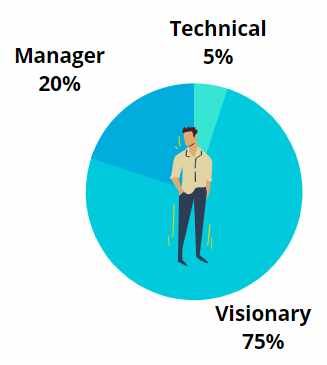
| Primary Company Challenges |
|---|
| 1. Products Not Differentiated |
| 2. Inadequate Profits |
| 3. Slow Product Development & Getting to Market |
| 4. Weak Business/Profit Design |
| 5. Marketplace Changes too Quickly |
Additional Reading: Stage 7: Creating a Vision for the Future
Related Post: Business Evolution – The 4 stages
Where on the business growth stages continuum and are you focused on the right priorities?












